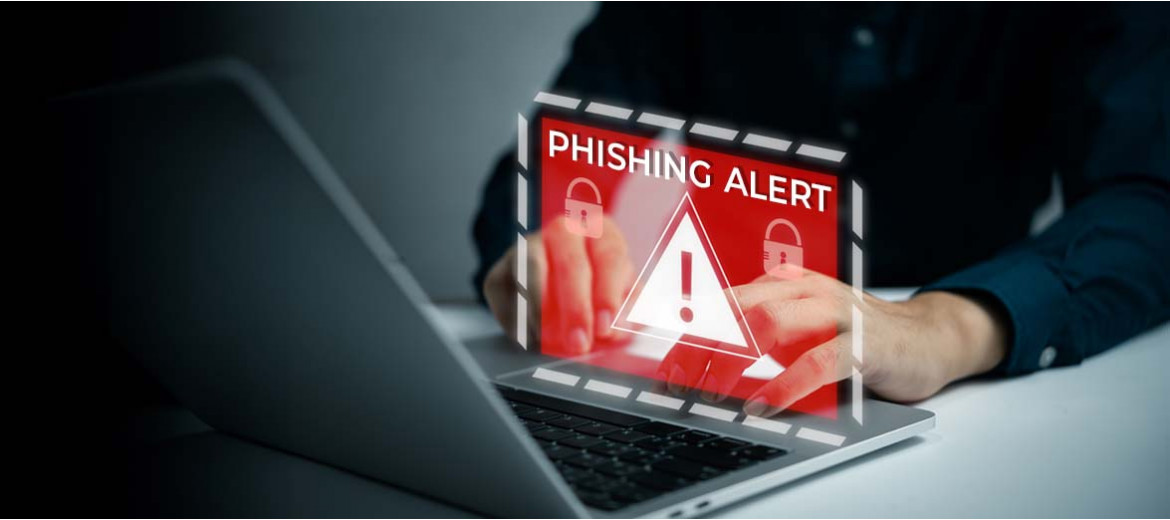Phishing is one of the biggest threats to the security of your information online. In this article, we'll discuss what phishing is, how it works, and what you can do to protect yourself against it.
What is phishing?
Phishing is a type of cyber attack in which attackers attempt to obtain confidential information from users, such as usernames, passwords and credit card details, by deception.
How Phishing Works
Phishing attacks are usually delivered in the form of an email that appears to be from a trusted organization, such as your bank or a social media site. The email will usually contain a link to a fake website where you will be asked to enter your personal information.
In the digital age, online security is crucial. Recently, a new phishing attack targeting iPhone users has been discovered. This is an example of an "MFA bombing" (multi-factor authentication) attack, where hackers send a constant stream of authentication requests. If the user chooses to allow, the hacker can change the Apple ID password and block access to the account.
Details of the attack
The attack was documented by the Krebs on Security blog. The exploit involves sending a constant stream of MFA requests to a user. They display the text "Use this iPhone to reset your Apple ID password", with the options "Don't allow" and "Allow".
If you select "Allow", the hacker can change your Apple ID password and block your account access. Since this method affects the Apple ID, it can be used to retrieve all Apple devices that use the same ID.
How to protect yourself from phishing
The most important thing is to be very cautious about any message you receive that looks suspicious. Warning signs include spelling or wording errors, messages that say you need to do something "immediately", or a link/attachment that looks suspicious.
If you are bombarded with password reset requests, make sure you always choose "Do not allow" (no matter how many pop-ups appear) and refuse to provide OTP details, even if the request appears to be official.
What happens if you are the victim of a phishing attack
If you fall into the attacker's trap and open a malware-laden attachment, your system will be infected and all sorts of bad things could happen. For example, you could fall victim to ransomware, which locks all your files and demands a large amount of money to recover them (with no guarantee that this will happen even if you pay).
In conclusion
These sophisticated attacks show the lengths some hackers are willing to go to take over targeted accounts and make it clear that this is not the work of amateurs.
Phishing is one of the most dangerous threats to your online accounts and data. For this reason, you should be extremely wary of anything suspicious in a message you receive and enable two-step authentication.
NSHOST VPS servers are hosted with NVMe storage. To launch a new solution, you can purchase your favorite domains at the most convenient prices usingquick domain registration solution and invest in a secure and optimal hosting plan - choosing an NSHOST hosting solutionweb shared, VPS orCloud. We recommend paying close attention to the right caching strategy for your business to ensure optimal load times for each web page.


